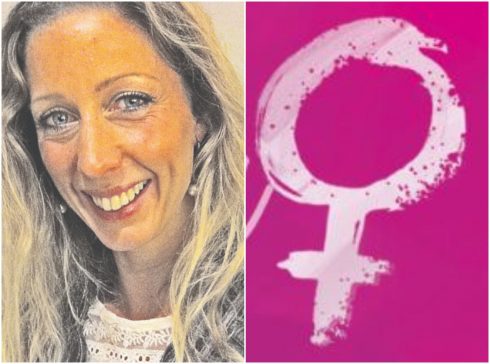Words by Jonathan Holdaway
ONE of the aspects of my job which gives me the most satisfaction is helping clients extricate themselves from bad products and portfolios they have previously acquired from another adviser.
You see a lot of older Pension or Investment products had high ongoing charges applying to them and were often invested in costly, low-performing ‘active’ funds.
I met a new client called Peter three years ago and at the time could only take over the ongoing servicing of his plan – you will see why later – but this gave me the time to plan a successful ‘exit’ for him.
He had invested £720k in a Self Invested Pension Plan (SIPP) with a Life Assurance Company’s Investment Bond as the underlying product He had used this to buy a portfolio of funds recommended by his adviser, but which had not been reviewed since they met six years before. And when he tried calling the mobile number on the business card he had kept, it was ‘unobtainable!’
Peter had been introduced to me by his accountant who felt he was in need of some professional financial planning.
Peter was drawing heavily on his pension fund during a particularly volatile period for world stock markets – £280k to be exact, including the 25% ‘tax free cash’ sum, and as a result had severely depleted his fund to £490k.
He had therefore only made around £50k over the preceding six years; that’s just under 10% of his investment of £540k after the lump sum had been taken.

I discovered that there were ‘surrender penalties’ still applying to the Bond, and these reduced over the first 10 years to nothing on a sliding scale.
Even though he was paying a 1% per annum charge for the lifetime of the product, it was too much of a bitter pill to swallow and pay the penalty.
Basically this was designed to recoup the considerable amount of commission paid to the adviser at the start of the plan, and protect the product provider if the Bond was encashed in the first 10 years.
I therefore restricted my advice to the underlying portfolio of funds for the time being, which had not been ‘rebalanced’ since he had invested.
Some of these had performed acceptably – quality funds from household names you would no doubt have heard of yourself.
However, the adviser had also recommended some ‘structured products’ which, because of the volatility in world stock markets, meant that these were then worth nothing at the end of their term.
“Needless to say Peter is very pleased with his new arrangement and also really appreciates the regular advice I give him”
I also identified that some of the funds had paid an additional amount of commission to the adviser, and subsequently had not performed well compared to their sector – partly due to the additional cost but also because the managers were poor.
The average annual management fees of the Portfolio of funds was 1.9% pa.
I removed all the rubbish from his portfolio, replacing it with cheaper ‘passive’ index tracking funds, and rebalancing everything in line with his current attitude to risk which was now lower as a result of his experience and nervousness about financial markets.
This reduced the ongoing fund management fees to an average of 0.55% pa.
Now, although only in the ninth year of the ‘Bond’, Peter had had enough, and the surrender penalty was a more palatable 0.75% of the fund.
If he stayed, although the surrender penalty would cease at the end of the year, the 1% ongoing product charge would have applied for the rest of his life.
This was in addition to the 1% pa he’d paid to the adviser’s old firm for ongoing service. He was particularly aggrieved at this as he hadn’t exactly had any!
By selling the Bond and reinvesting the funds into a similar product with another provider it left enough commission to pay Peter back the 0.75% surrender penalty and pay me an agreed amount to sufficiently cover the cost of my time.
This not only meant a more limited establishment period of five years but an establishment charge of only 0.45% pa – less than half what he would have paid to the existing Bond provider – and for the rest of his life, not just for 5 years.
So overall with changes I made to the SIPP’s underlying investment product and the funds, I had reduced his annual costs by nearly 2% per year – or around £10k based on the current value.
Needless to say Peter is very pleased with his new arrangement and also really appreciates the regular advice I give him regarding changes to asset allocation and, occasionally, funds in his portfolio.
Incidentally this is at half the cost (0.5% pa) of the ongoing fee paid to his previous advisory firm for no service.
Next on my hit list is his SIPP provider whose trustee fees I consider to be fairly excessive compared to others I know.
Click here to read more Business & Finance News from The Olive Press.








